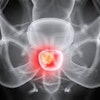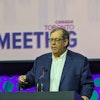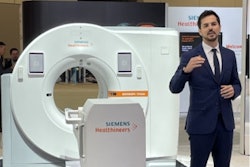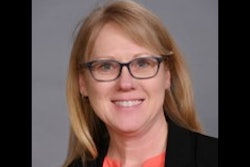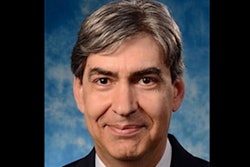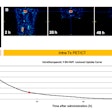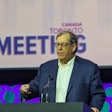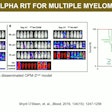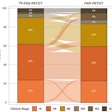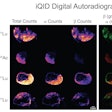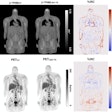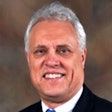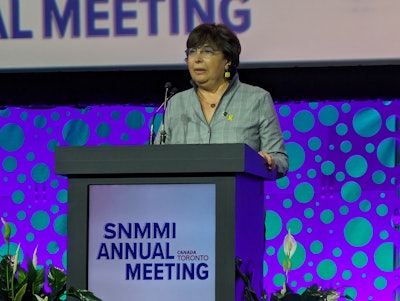
TORONTO – A new generation of clinician-scientists is needed to continue moving nuclear medicine forward, Ora Israel, MD, told attendees on June 9 at the annual meeting of the Society of Nuclear Medicine and Molecular Imaging (SNMMI).
“Rewards are waiting if we are willing to invest our time and efforts and work towards them,” said Israel during this year’s Henry N. Wagner Lecture. She is an emeritus professor of imaging at the Technion – Israel Institute of Technology’s B. Rappaport School of Medicine in Haifa, Israel.
Israel defines clinician-scientists as doctors who practice medicine and perform research, dedicating substantial parts of their careers to both patient care and science. Although clinician-scientists can play a critical role in bridging the gap between experimental science and the clinical team, the number of U.S. clinicians who perform research has dropped significantly over the last decade, according to Israel.
Clinician scientists do not get the amount of credit that they should, and it’s time to foster a new generation of clinician-scientists, she said.
Addressing misconceptions
Israel noted that there are some misconceptions that trying to be both a good clinician and researcher may end in failure.
“Basic scientists don't think we have the skills and knowledge to do research,” Israel said. “Fellow clinicians don’t think that we would also be able to do top-notch management of our sick patients.”
To correct this, clinician-scientists should have the highest level of training and enthusiasm, according to Israel.
“We have to work very hard,’ she said.
There are typically two research options for clinician scientists: “wet-bench” lab research and clinical research. In nuclear medicine, lab research is well-suited for physicians with background in basis sciences, while clinical research often starts, however, with an imaging observation that does not fit the textbook, according to Israel.
For lab research, nuclear medicine physicians should first define their degree of preparedness for engaging in science and then enroll into an “apprenticeship” in a leading lab, according to Israel. Next, they should make all efforts to be an integral part of a team including basic scientists and to be continuously productive.
“Focus is a must for successful basic research,” she said.
Meanwhile, a nuclear medicine physician moving towards clinical research should be driven by the curiosity to understand and solve a clinical problem, according to Israel.
“They have to figure out the way to combine clinical practice and research,” she said.
However, they don’t have to focus on one particular area and can follow more than one track that stirs their interest, Israel said.
“They should [also] be stubborn, [have perseverance], and be willing to share,” she said.
The impact of clinician-scientists
Israel highlighted the late Sanjiv "Sam" Gambhir, MD, PhD, of Stanford University for his contributions as a clinician-scientist, including the development and clinical translation of multimodality molecular imaging strategies.
Clinician-scientists have also contributed to the development of technologies such as PET/CT, PET/MRI, prostate-specific membrane antigen (PSMA) imaging, Fibroblast activation protein inhibitor (FAPI)-PET/CT, and theranostics, according to Israel.
Rather than sharing problems, clinician-scientists should focus on developing hypotheses and strategy approaches. And don’t look for excuses, she said. While it may be easier for nuclear-medicine physicians to read studies or go to tumor boards, etc, they can’t give up on tough research “chores,” Israel said.
Most importantly, don’t consider nuclear medicine to be a part-time job, Israel said.
“Nuclear medicine has moved forward through those who were 100% committed to our profession,” she said.
Israel also emphasized the importance of scientific ethics and integrity.
Ten commandments
Next, Israel offered her “10 commandments” for successful clinical research in nuclear medicine:
- Observe
- Think out of the box
- Expect the unexpected
- Avoid herd mentality
- Talk and listen to colleagues, students
- Try to follow your mentors
- Understand competition and scientific credit
- Take the lead
- Show dedication and courage
- Make it personal and passionate
Take-home messages
Israel also offered take-home messages both for individuals and for the society as a whole.
On a personal level, Israel said it’s important to be curious, work hard, learn and teach, as well as lead and collaborate. She also recommended that clinician-scientists follow the work of others, understanding that every little piece of new knowledge is progress.
And finally, “Nobody is better positioned than you to convey your message,” she said.
On a group level, Israel said that clinician-scientists are needed in nuclear medicine.
“They can bring a different type of legacy [for our profession],” as they can bridge the gap between an experimental scientist and the clinical team.
She noted, however, that nuclear medicine clinician-scientists need to be more active in interdisciplinary teams and working groups, as well as designing clinical trials, guidelines, and appropriate use criteria (AUC).
“Our goal should be going from academia to the community,” she said. “It will improve our patient care and the society.”
Click here for our full SNMMI coverage.
